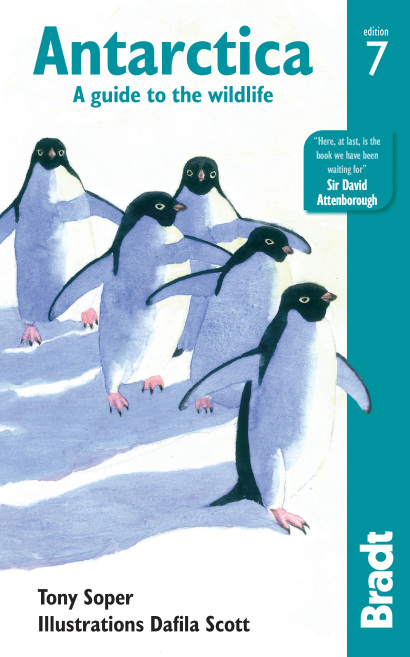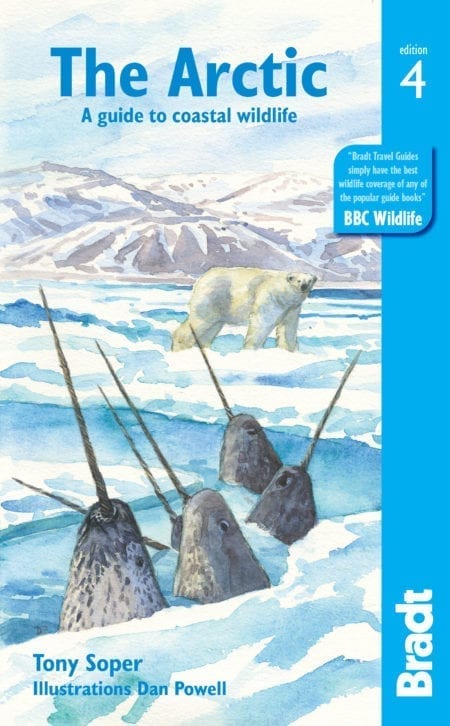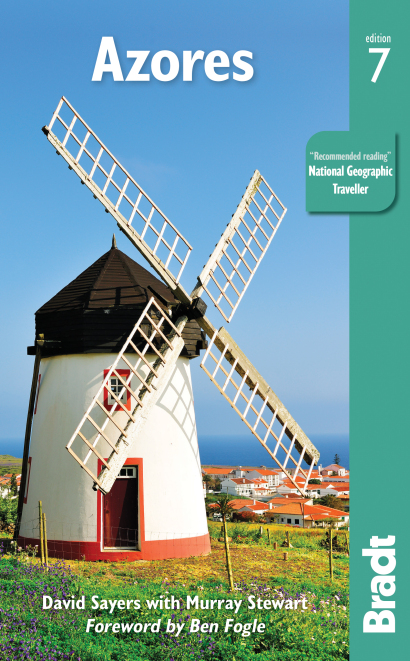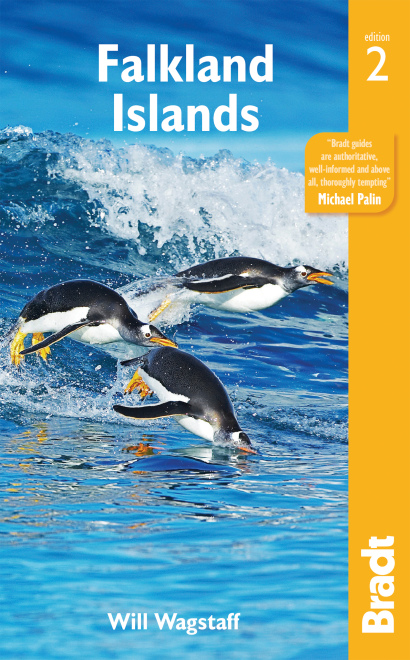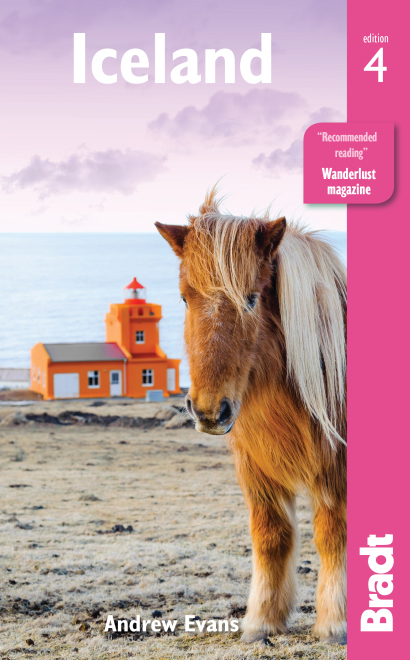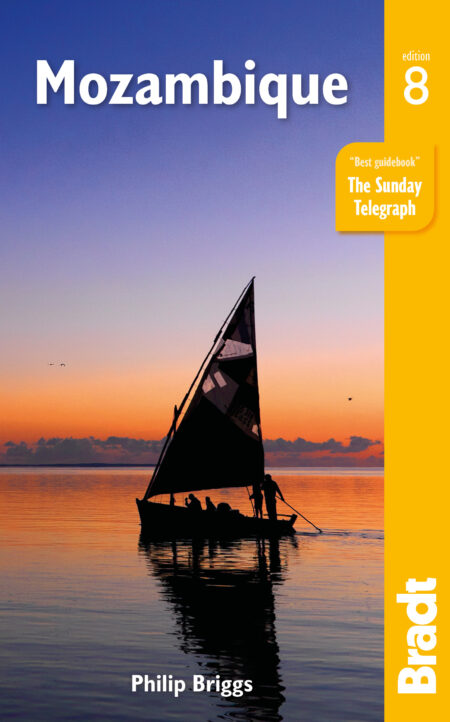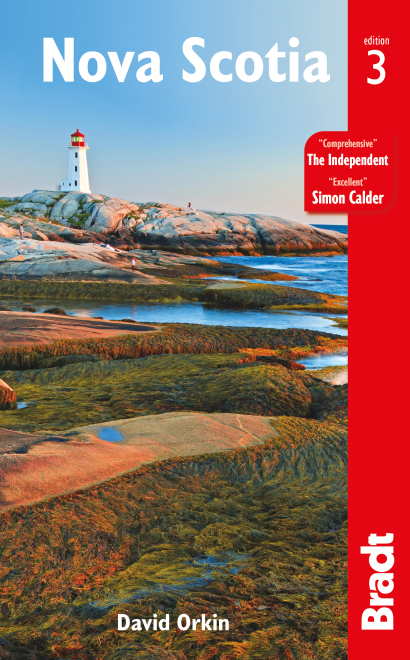Whale-watching has become a major focus of ecotourism and the increase in its popularity is phenomenal; it’s one of the fastest-growing tourist activities worldwide. Here are some of the best destinations to visit, should you want to spot a whale or two yourself.
Azores
Whale watching has become tremendously popular since it first began on Pico years ago. Here, the old expertise of the lookouts in hilltop towers is still used to spy the whales. It is a truly world-class cetacean hotspot. A single 3-hour trip might reveal two or three whale species and almost certainly some playful dolphins.
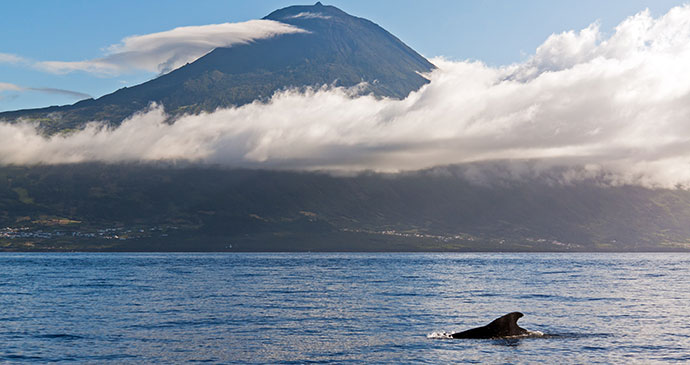
Numerous enterprises now offer the experience. Because of the weather, the main season is from April to October. Nevertheless, cetaceans may be seen throughout the year and you may find there are opportunities in winter. Winter trips are more prone to cancellations, caused by rough seas or bad weather.
With 27 species now recorded in Azorean waters out of a total of some 83 species of whales, dolphins and porpoises, this makes the Azores one of the world’s top places to observe them. The islands most geared up for organised excursions are Pico, Faial and São Miguel.
Nova Scotia
Nova Scotia is one of the best places in the world to go whale-watching, both in terms of quantity and variety. In total, 21 whale species cruise the province’s coastal waters. Baleen whales (such as minke, humpback, fin and the critically endangered north Atlantic right whales) are drawn by huge amounts of plankton, krill and schools of small fish, particularly where the cold outflow of the Bay of Fundy meets the warm Gulf Stream waters.
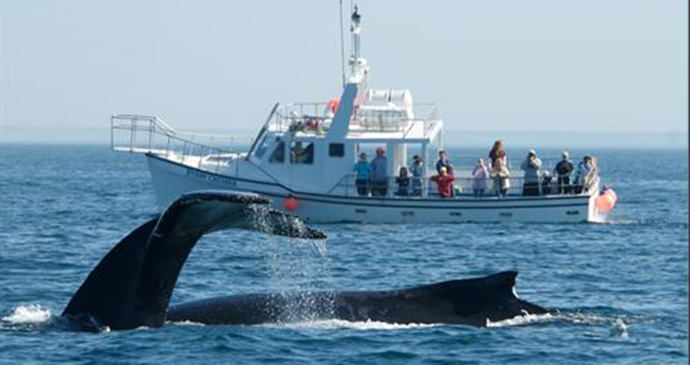
Toothed whales (such as pilot, killer and sperm whales) tend to eat fish and squid and are common in the Gulf of St Lawrence and Cabot Strait. Although it varies from species to species, whale numbers tend to be highest from late July to mid September.
Iceland
The town of Húsavík, on the north coast of Iceland, was dubbed as the country’s whale-watching capital after the townspeople refitted a couple of retired fishing boats. Since then, the slaughterhouse turned into the internationally acclaimed whale museum.
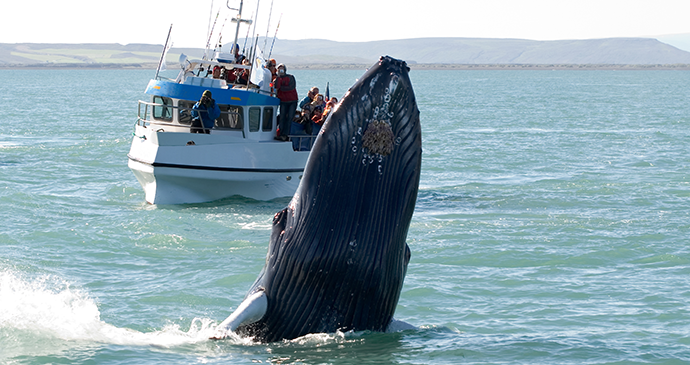
A local population of uninhibited whales play along willingly, coming to feed in the shallows of Skjálfandi Bay in summer. If they’re in the mood, they put on quite a show. Now it’s one of the best spots to catch an up-close look at Iceland’s biggest animals – definitely worth the northern detour.
Antarctica
The Antarctic waters are home to several species of whale. This includes the Antarctic minke, humpback, and fin – a regular summer visitor. In the Antarctic summer blue whales feed on krill, taking some 8,000kg in a day, which may amount to 8 million shrimps.
When the pack-ice extends at the onset of the Antarctic winter, blue whales move towards warm tropical waters. There they live off their blubber reserves and gather in discrete groups for courtship and mating at about ten years of age.
Arctic
There are three truly Arctic whales – bowhead, narwhal and beluga. Rotund and robust, the beluga is a sociable creature, rarely alone, and relatively common around the ice. The bowhead is decidedly less common. Their great size and the fact that they float when killed made bowheads desirable prey for early whalers. Originally abundant in Greenland waters, they were heavily exploited from the 17th century onwards.
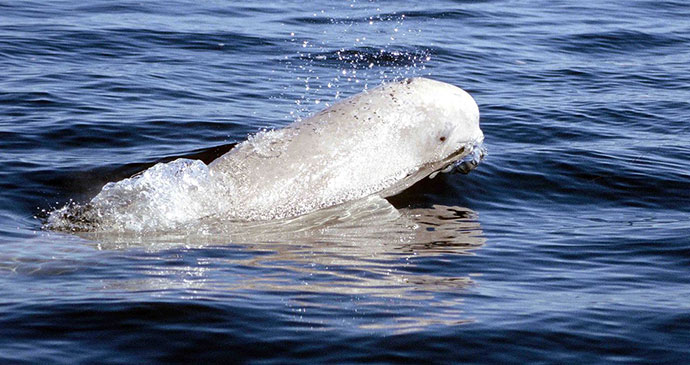
The narwhal is one of the world’s most striking animals. It spawned, by virtue of its long, spiralling tusk, one of the most charming myths – that of the unicorn. There is also the possiblity of spotting several other whale species in Arctic waters. This includes fin, humpback, minke, pilot, killer and even blue whales around coastal areas in the summer months.
Zanzibar
Zanzibar’s Mafia Island offers an immensely rich marine environment, which provides some of the finest snorkelling and diving sites in the Indian Ocean.
The lowland coastal forest of the eastern seaboard of has been ‘recognised as a critical site for biodiversity’. The intertidal flats are important for octopus, while in the open sea marine mammals like the humpback whale give birth and nurse their young.
Mozambique
At least ten species of cetacean (whales and dolphins) are resident along, or seasonal visitors to, the Mozambican coast. Blue whales are extremely rare. However, the 40-tonne humpback whale is seasonally very common. It is often seen on ocean safaris out of Tofo from June to December.
The slightly bulkier southern right whale is often seen in the far south of Mozambique at the same time of year. However, the southern minke whale, the smallest of the baleen whales, is resident throughout the year. It can often be found feeding in small groups in bays.
Oman
Omani waters are home to 19 species of whale and dolphin. The coastal waters near Muscat from Al Fahl Island to near Al Bustan Palace Hotel are the key location for dolphin sightings in northern Oman.
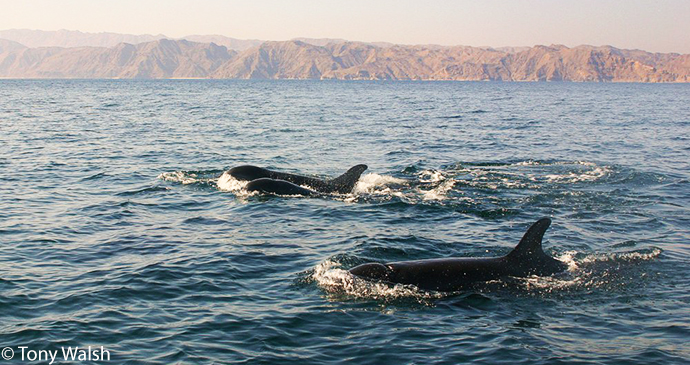
Whale sightings are much less predictable than the smaller dolphins. They’re usually in remote locations such as south of Ad Duqm and Ras Janjari east of Mirbat, which is a good land-based whale- and birdwatching view point. Oman is a member of the International Whaling Commission and follows the CITES regulations, which prevent all of these species from being traded.
Falkland Islands
Many species of whale and dolphin have been recorded on the islands over the centuries. Nowadays the larger whales are few and far between courtesy of the whaling industry. Southern right whales are more regularly seen in some of the deeper waters around the outlying islands, in particular near New Island and at the mouth of Berkeley Sound as well as from Cape Dolphin at the north of Falkland Sound.
Berkeley Sound is also a good site to look for sei whales late in the summer, especially from cruise ships as they enter Falkland waters. Falklands Conservation has been maintaining a catalogue of photographs of sei whale fins taken in this area.
Long-finned pilot whales can be seen in small groups throughout the summer months, and strandings of this species have occurred around the islands in the past. The most recent was on Pebble Island in the early 1980s. Many other species of whale have been seen from the cruise ships that pass through Falkland waters, including the very rare blue whale.
More information
Inspired to find out more about whale-watching? Check out our guides for more information:
